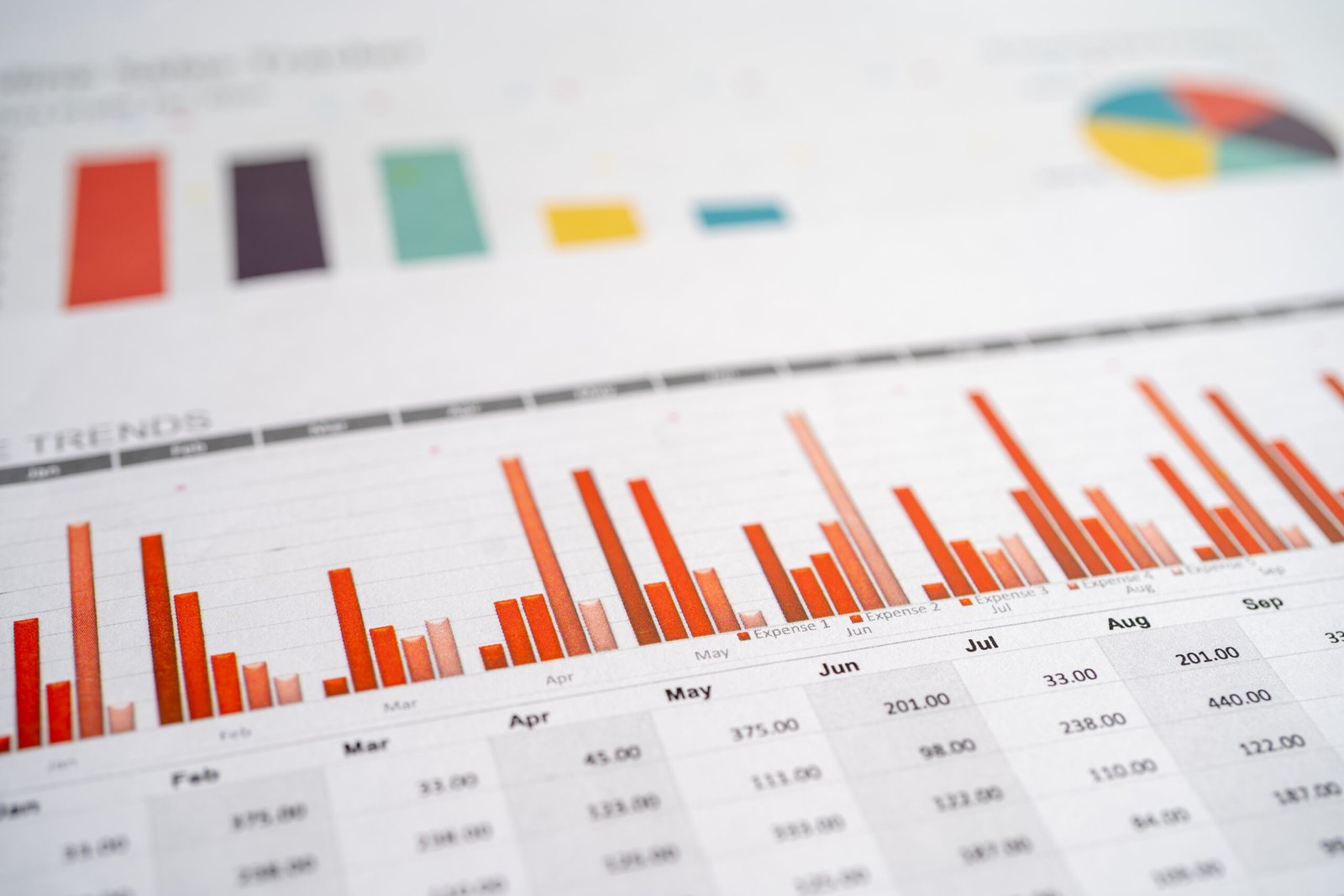Market research is the most common way of social event and breaking down data about your industry, clients, and contenders. It assists businesses with pursuing informed choices, further develop items, and designer promoting techniques. Without market research, organizations risk sending off fruitless items or botching key open doors. This guide covers regularly that from putting clear fixations to separating and loosening up data, ensuring progress in your genuine researching attempts.
What is Market Research?
Market research is key for any business attempting to stay serious. It incorporates gathering data to appreciate client needs, analyze market patterns, and screen contenders. Associations use both fundamental investigation, (for instance, outlines and focus social events) and assistant assessment (like market reports and competitor examination). These encounters help associations with chasing after essential decisions, whether shipping off new things or wandering into different business areas.

Market research is frequently partitioned into two fundamental sorts: primary research, where organizations gather unique information through apparatuses like meetings, studies, and perception, and secondary research, which includes utilizing previous data, for example, industry reports, contender investigations, and public measurements. The two kinds are significant to grasp your clients as well as the cutthroat scene.
Setting Clear Research Objectives
Prior to jumping into research, businesses need clear goals. The reason for statistical surveying differs, from understanding client inclinations to analyzing market trends or evaluating item practicality. Obviously characterizing these targets guarantees your research keeps on track and significant.

Then, distinguish your main interest group by figuring out their socioeconomics (age, location, gender, etc.) and psychographics (interests, lifestyle, values). This guarantees your exploration is customized to the right gathering. At last, make Shrewd objectives — explicit, quantifiable, feasible, significant, and time-bound — to direct your statistical surveying process. These objectives help in estimating achievement once the examination is finished.
Types of Market Research
There are two kinds of statistical surveying: essential examination and optional exploration.
Primary Research: This includes gathering unique information straightforwardly from expected clients or partners. Famous strategies include:
- Reviews and Polls: These are practical instruments for social event purchaser input on inclinations, suppositions, and fulfillment.
- Interviews: One-on-one conversations give profound experiences into shopper ways of behaving and inspirations.
- Focus Groups: A social environment where members share their contemplations about an item or administration.
- Observation: Seeing how clients cooperate with an item in a genuine setting.
- Field Trials: Testing new items in a controlled climate to perceive how clients respond.
Secondary Research: This includes utilizing previous information from outside sources. Normal techniques include:
- Online Resources: Public reports, industry news, and scholastic examinations give significant experiences.
- Internal Data: Utilizing an organization’s own business information and client data sets can assist with recognizing patterns.
- Competitor Analysis: Exploring contender methodologies, evaluating, and items to successfully situate your business.
How to do market research?
Understanding your competitors is critical to acquiring a market advantage. Begin by recognizing both immediate and aberrant contenders — those offering comparative items and those going after a similar crowd. Break down their assets and shortcomings as far as item contributions, costs, and portion of the overall industry.

Competitor analysis additionally includes assessing their showcasing procedures, client audits, and by and large market position. Utilize this data to benchmark your business, identifying areas where you can improve or profit by holes on the lookout. By knowing your rivals, you can all the more likely position your image and refine your contributions.
Selecting Research Methods
Choosing the right examination technique relies upon your objectives. There are two fundamental methodologies:
- Quantitative Research: Spotlights on mathematical information, giving factual experiences into client conduct, inclinations, or market size. Normal strategies incorporate overviews with shut finished questions and online examination.
- Qualitative Research: Gives further grasping through non-mathematical information. This incorporates unconditional overviews, meetings, and center gatherings where members share conclusions in more detail.
Pick your technique in view of the idea of the data you really want — quantitative for expansive patterns and numbers, or subjective for more nitty gritty, top to bottom bits of knowledge into ways of behaving and inspirations.
Creating Effective Surveys
Surveys are a famous and productive method for get-together information. To make a viable review, begin by planning clear and compact inquiries. Try not to lead questions and adhere to a straightforward construction that is simple for respondents to follow. The length of your review ought to be sufficiently lengthy to assemble important information, yet not so lengthy that it stops finish.
Apparatuses like SurveyMonkey and learn about Designs grant you to create outlines quickly. These stages also give formats and thoughts to additionally foster response rates and collect accommodating information.
Collecting Data
Whenever you’ve planned your survey, now is the right time to data collection Pick information assortment strategies that are available to your crowd. Normal choices incorporate telephone interviews, online reviews, or virtual entertainment surveys. Guarantee that your strategies are fair-minded and that respondents’ security is regarded.
Information can emerge out of two fundamental sources — interior information like your organization’s marketing projections or outside sources, for example, industry reports and public data sets. The two sorts of information are helpful in portraying your market.
Analyzing and Interpreting Data
Information investigation is influential for uncover models and pieces of information. Begin by putting together the information you’ve gathered from different sources. For quantitative information, utilize quantifiable assessment to see models or exceptional cases. Diagrams and blueprints can assist with imagining this data. For emotional data, use effective examination to arrange responses and perceive typical subjects.

When the information is coordinated, decipher the discoveries to make noteworthy bits of knowledge. Ask yourself, what patterns are arising? How might these experiences affect your business? Making determinations from the information is the last move toward transforming investigation into technique.
Presenting Research Findings
When your data is analyzed, now is the right time to introduce your discoveries. Making clear and compact reports guarantees that your exploration is perceived by partners. Use information perception instruments like charts, graphs, and infographics to present key points clearly.
Tailor your show in view of your crowd — leaders could require significant level rundowns, while item groups might require more nitty gritty data of interest. Ensure the discoveries are applicable to their requirements.
Implementing Insights into Strategy
Market research is only basically as huge as how it’s used. Change your business procedures to the experiences acquired from your examination. Whether it’s refining your thing offering or changing your propelling undertakings, these snippets of data ought to drive key business choices.
Track progress by setting KPIs (key performance indicators) to gauge the outcome of methodologies carried out in light of the examination. Routinely audit these measurements to change strategies if necessary.
Tools and Resources for Market Research
Many devices are accessible to support statistical surveying. Stages like Google Analytics, SEMrush, and Statista give important information to contender investigation and market patterns. For reviews, well known stages incorporate SurveyMonkey and Typeform, which offer easy to use layouts.
Common Pitfalls and How to Avoid Them
While planning quantifiable research, avoid typical traps like tendency in information blend, which can incite slanted results. Guarantee objectivity by introducing fair demands and including organized people. Bending of information is one more wagered, so dependably avow disclosures prior to making closes.
Conclusion
Considering everything, Market Research is a continuous interaction that helps associations with staying instructed, relentless, and critical. From advancing clear goals to analyzing data, each step is fundamental in ensuring a positive result. Start



Pingback: 11 Steps to Start Your Own Business
Pingback: Drafting an Effective Business Plan: Explained